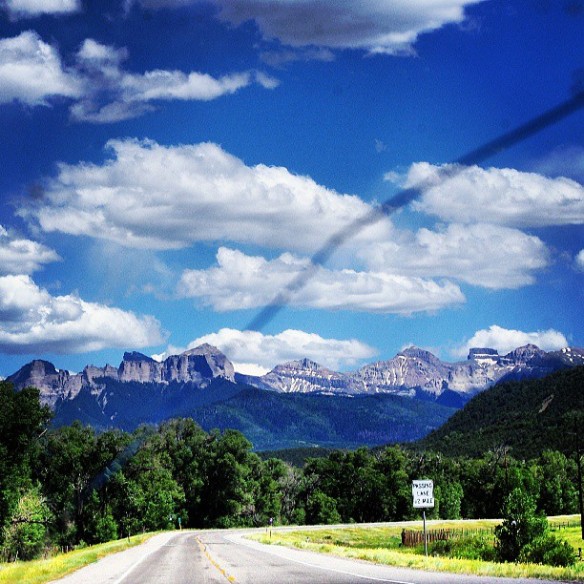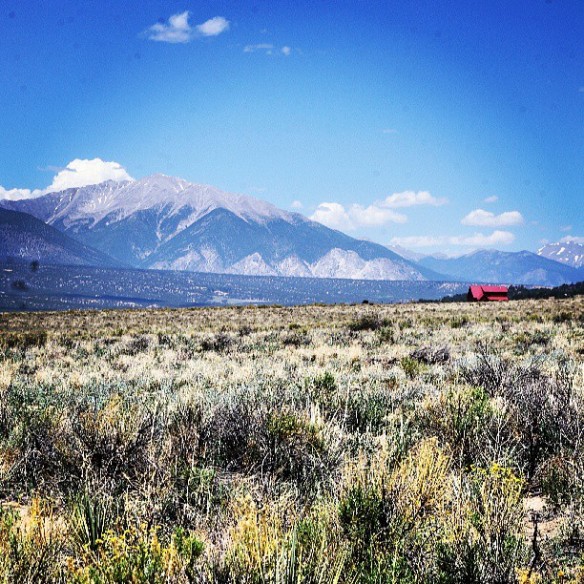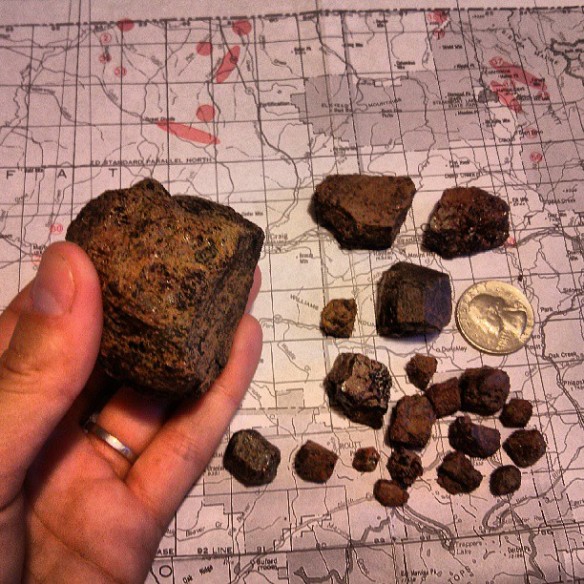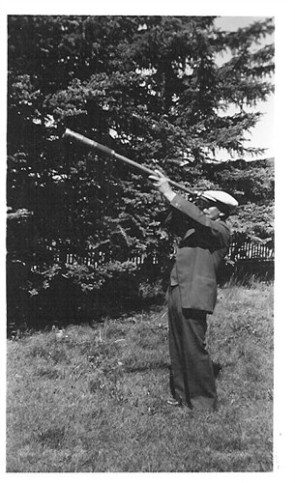I have been a prospector for five years now, and although I do not consider myself an amateur anymore, I still have a lot to learn. With the advent of reality television and a recent interest in the world of prospecting, I have noticed an exponential increase in prospector sightings these past few seasons. The feeling is bitter sweet; prospectors are competitive by nature, and seeing once vacant land filled with holes and squatting novices, fills me with mixed feelings about the rise in popularity of my hobby.
Gold prospecting has a negative correlation with the US’s economy, membership numbers increase as the economy declines. The recent spike in activity is largely due to the Great Recession, and in a very cyclical manner, the “gold fever” has returned with exaggerated reports from the field and TV shows propagating the notion that anyone can pluck the abundant gold from the rivers (although the ol’ timers only extracted about 5-10% of the gold in the Western US.)
So I have decided to inform rather than resent and have compiled a short list of gold & gem prospecting etiquette and safety tips. If you must go out, at least be informed!
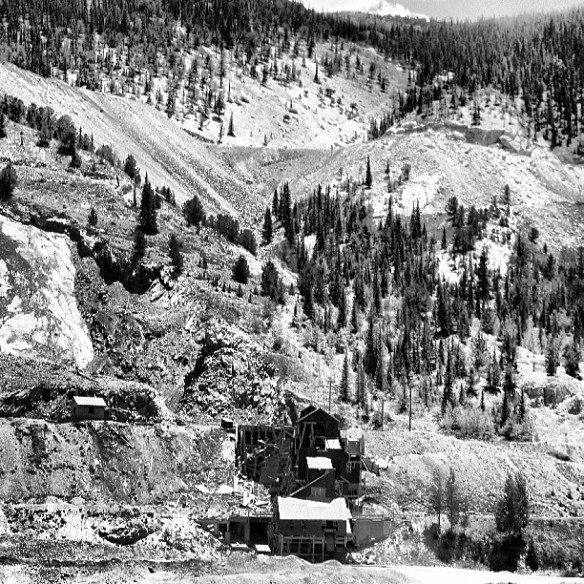 1. Safety first! Every prospector knows the feeling of their first significant find, it sometimes overwhelms reason and gets you into severe trouble, or killed. Stay out of old mine shafts and their surrounding areas. Most are dilapidated and their vents covered by forest debris, which you could unknowingly step into and fall. If you see any sunken area stay away from the ground and never attempt to enter an abandoned mine. Poisonous gases/dust, decaying support beams, cave-ins, predator run-ins are just a few reasons to stay out and stay alive!
1. Safety first! Every prospector knows the feeling of their first significant find, it sometimes overwhelms reason and gets you into severe trouble, or killed. Stay out of old mine shafts and their surrounding areas. Most are dilapidated and their vents covered by forest debris, which you could unknowingly step into and fall. If you see any sunken area stay away from the ground and never attempt to enter an abandoned mine. Poisonous gases/dust, decaying support beams, cave-ins, predator run-ins are just a few reasons to stay out and stay alive!
This portion is more for the female prospectors… carry a firearm when out alone. I hated guns before my husband familiarized me with guns, and now I own two! The thought of me out alone in the woods in rural wilderness drove him crazy, he always thought the worst! Being alert is crucial when alone, the woods are occupied by mountain lions, moose, elk, black bear (not really worried about them they are terrified of humans), wolves, and coyotes. One can get very distracted while working and make an easy target to be surprised.
**Note to any non-prospectors, DO NOT sneak up on a prospector and ask them if they have found anything. Most of us are armed and do not reveal our sites or bounty to strangers.
You are also a female carrying gold, gems and expensive equipment in some cases. I have had instances where a truck load of men drive by me several times, very slowly as if to scope my situation. I immediately pack up and leave. If for some horrifying reason I am approached in a negative manner, I know my holstered and loaded .357 snub nose will let them know I mean to protect myself.
2. Leave it as you find it. I hate hate hate it when people leave their unproductive holes in the ground for someone to stumble into and break their ankle. It is very simple, if you dig a hole fill it in when you leave.
You will also dig up trash and stumble upon debris, as a conservationist I urge you to pack it out to preserve the ecosystem we cherish so much.
3. Do your research on hazardous materials and areas. I still do not own a Geiger counter, which I hate, but I do compensate by extensive research in the areas known for radioactive materials and their appearance. I also do not own any major hard-rock mining equipment, so I poke around old mine dumps about half the time (always search for signs of a claim, a rock stack marker, a No Trespassing sign, etc.).
The mines in Boulder County used mercury and other extremely hazardous materials to extract the gold from the ore. Just a few days ago I dug my shovel into a stream bank and emptied it into my pan, shook it gently and a pool of mercury formed on the top. There are also naturally occurring Colorado ore that is caustic to your health like asbestos, smoky quartz, galena, and uranium. Familiarize yourself with these for field identification and avoid.
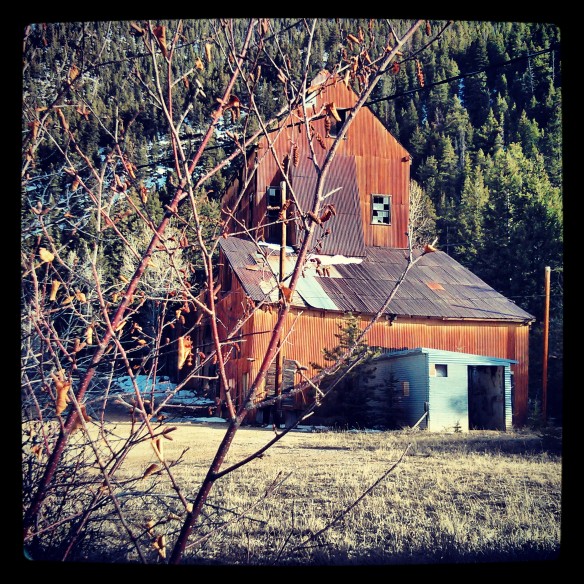 4. Do not claim jump! Another instance where research really pays off. The BLM has set aside plenty of national forest for you to freely prospect in, while other mines like the Phoenix Gold Mine and Argo Mine allow you to pay to pan their productive streams… a little girl apparently panned an 8 ounce nugget near Phoenix!
4. Do not claim jump! Another instance where research really pays off. The BLM has set aside plenty of national forest for you to freely prospect in, while other mines like the Phoenix Gold Mine and Argo Mine allow you to pay to pan their productive streams… a little girl apparently panned an 8 ounce nugget near Phoenix!
If someone owns a claim, most likely they make their living off of it and every gem and fleck of gold is a hit to these miners. When in doubt just head to the town’s gem and rock shop and ask a local for public land to mine.
Or better yet, support Colorado gem and gold prospecting clubs and the GPAA or LDMA to attain access to their claims!
5. Respect the anglers. Now obviously this only pertains to mining on the river, and I feel inclined to add this because of my angler husband. Gold prospecting on the river does wonders for the fish population, from extracting trash and mercury from the water, to producing spawning beds from sluice tailings, to uprooting nutrients and food sources for the fish while digging.
But, we do inconvenience the other river enthusiasts like anglers, and on public land they have just as much right to be on the land as you. When setting up a high-banker, dredge or sluice be conscientious of any anglers in the area… of course if they show up after to you that is their fault. But, if they are there first try not to murk up their water if they are downstream, attempt to not spook the fish by walking around near large holes, and let them fish through if need be (take a break and grab some water, smoke or food.)
I’m not saying let them run your day, just share the wealth of the environment!
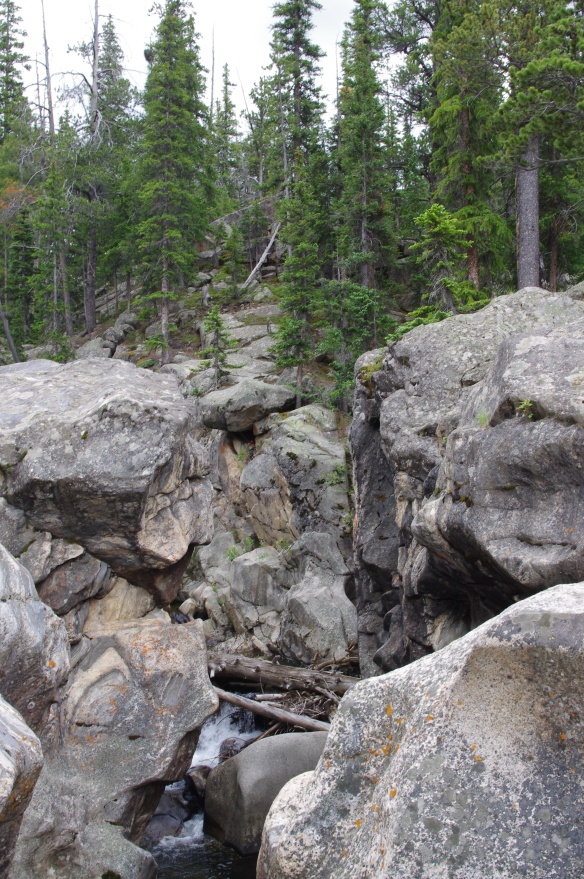 …With all that being said get out there and explore the beautiful state of Colorado. And remember, it’s not about finding the gold it’s about the search!
…With all that being said get out there and explore the beautiful state of Colorado. And remember, it’s not about finding the gold it’s about the search!




